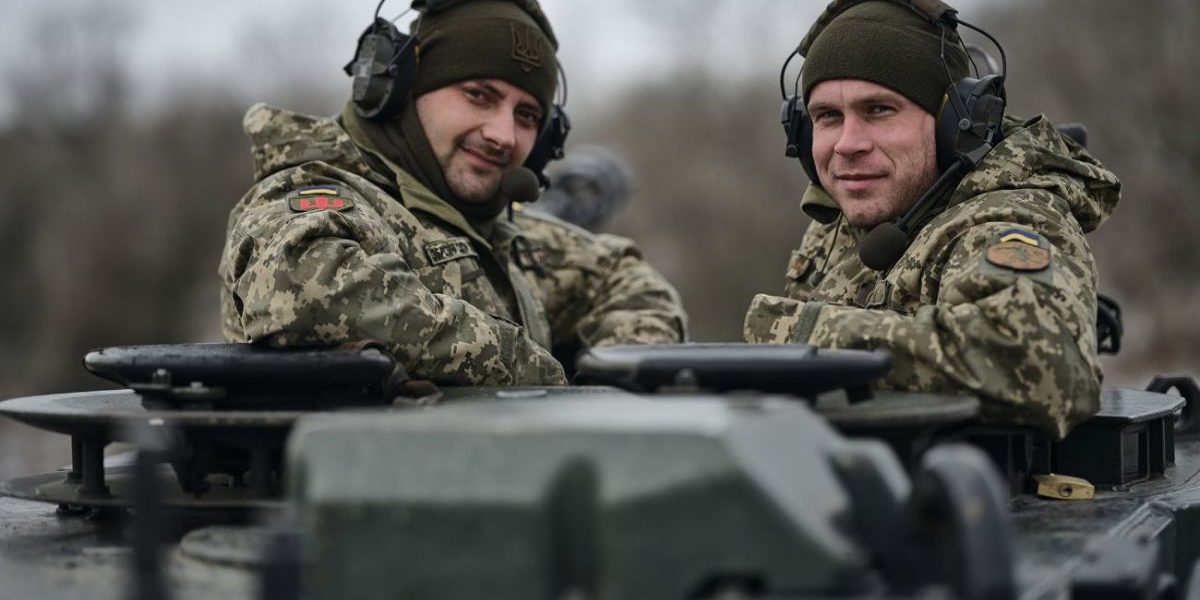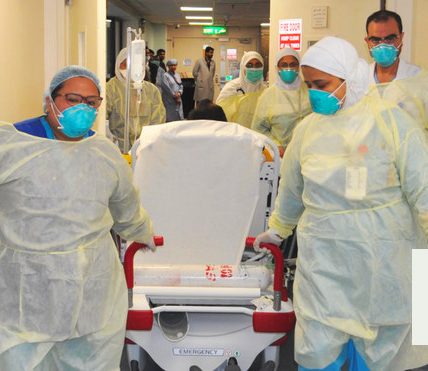The Ukraine war is entering a volatile phase, with both sides seemingly adopting the old Soviet strategy of “escalate to de-escalate.” By raising tensions to an unsustainable level, each party hopes to pressure the other into concessions.
U.S. Escalation: Long-Range Strikes Authorized
This week, U.S. President Joe Biden authorized Ukraine to deploy American-made ATACMS missiles, capable of striking 300 kilometers into Russian territory. In response, Ukraine launched six missiles targeting a military facility in Bryansk, deep within Russia. While Moscow claims to have intercepted most of them, the message is clear: Ukraine is not hesitating to expand its offensive capabilities.
Zelensky hinted at the escalation, saying,
“We have long-range capabilities, and we will use them—all of them.”
Russia’s Countermove: Redefining the Nuclear Threat
Russian President Vladimir Putin retaliated by revising the country’s nuclear doctrine. Previously, Moscow reserved nuclear weapons for nuclear threats; now, they can be deployed in response to major conventional attacks. This shift lowers the threshold for nuclear escalation, raising fears across the globe.
Western leaders quickly condemned the move, calling it reckless and destabilizing. NATO Secretary-General Jens Stoltenberg remarked:
“Russia’s nuclear rhetoric is irresponsible and endangers global security.”
Biden’s Final Push
With only weeks left in office, Biden is doubling down. The U.S. is sending landmines to Ukraine, controversial weapons that could slow Russian advances in the east. Critics, including Donald Trump’s allies, accuse Biden of escalating the conflict recklessly. Trump’s team is expected to pursue a diplomatic solution when he assumes office, leaving Biden in a race against time to strengthen Ukraine’s position.
Putin’s Peace Terms
Moscow has hinted at being open to negotiations but with firm conditions:
- Ukraine must renounce NATO membership.
- Russian-occupied territories must be recognized as part of Russia.
- The frontlines cannot be frozen; gains must be formalized.
These terms are unlikely to be acceptable to Kyiv, further dimming the prospects of an immediate resolution.
Europe’s Waning Interest
Global attention on Ukraine is fading. At the G20 summit in Brazil, leaders sidestepped condemning Russia, and the final declaration dropped key language about avoiding war. Europe’s financial support for Ukraine is also dwarfed by U.S. contributions, exposing a growing imbalance as donor fatigue sets in.
At the same time, NATO warns of Russian hybrid tactics. Recent undersea internet cable cuts in the Baltic Sea highlight potential new threats, as Moscow seeks to undermine European resolve.
What’s Next?
Two critical developments loom large:
- European Solidarity: Will European nations maintain their pledges of support, or will they waver under Russia’s hybrid tactics?
- Zelensky’s Strategy: With Trump’s preference for negotiation, Zelensky may push for further military gains to strengthen his position at any potential talks.
As both sides gear up for a decisive 2025, the conflict appears poised to escalate further. Whether this leads to meaningful negotiations or deeper chaos remains to be seen.






